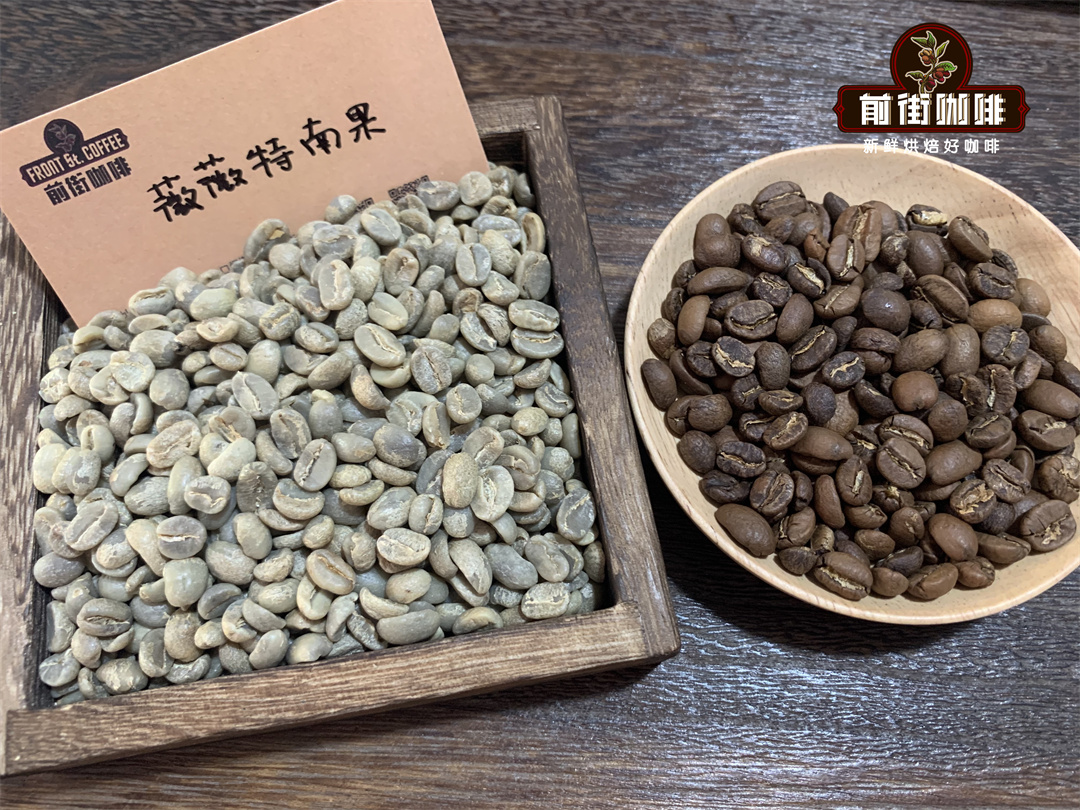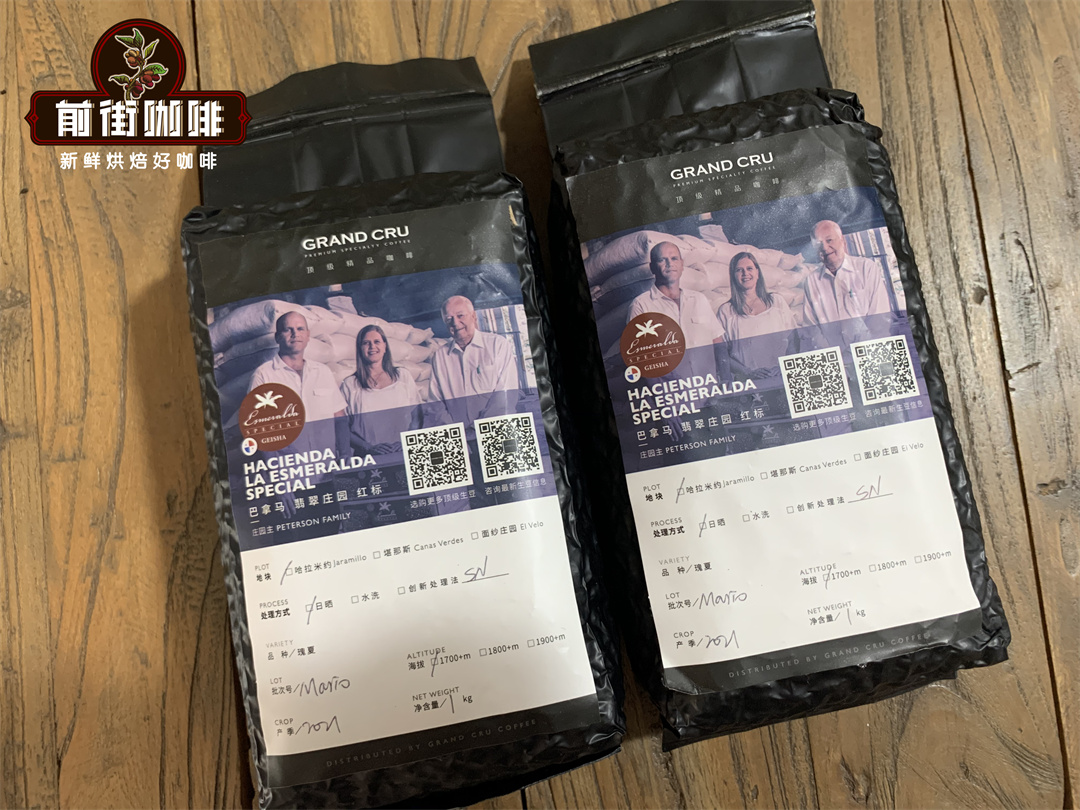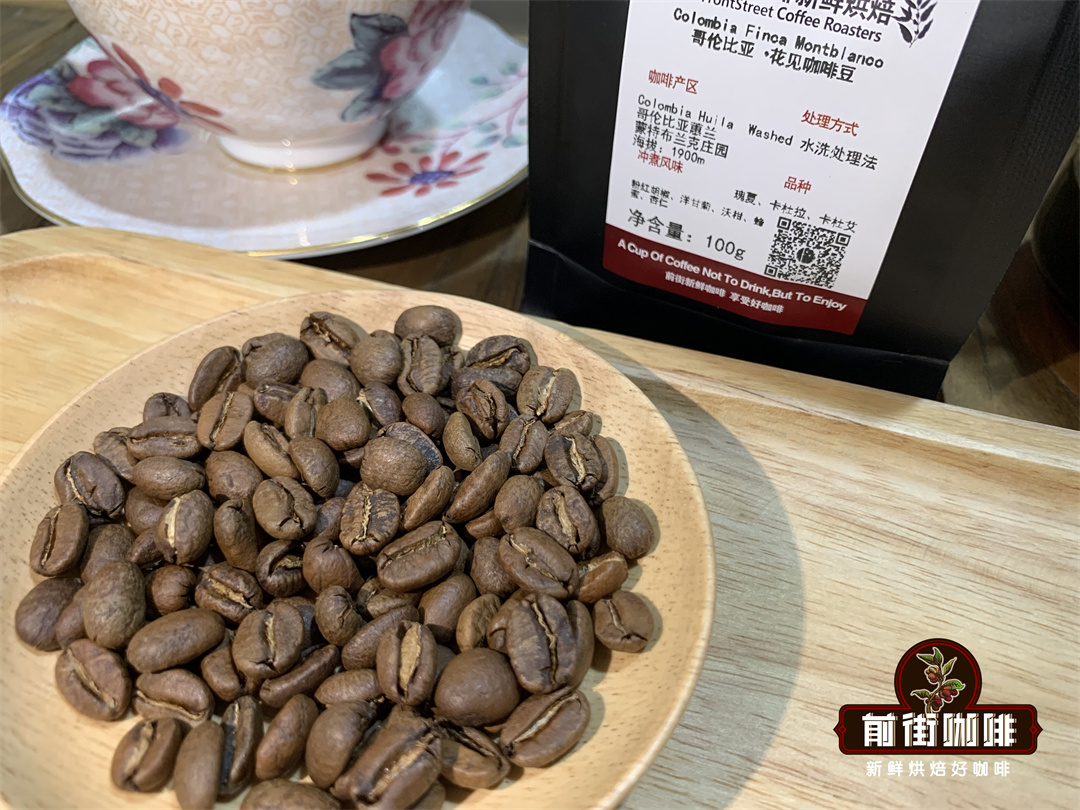The relationship between Organic Coffee and Kenyan washing in Saint Isabel Manor, Guatemala
The Coffee Association of Guatemala (Anacafe) classifies Guatemala into eight producing areas according to its geographical characteristics, raw coffee beans and flavor. On the other hand, the northern Koban rainforest region (Rainforest Coban) has written a very interesting page in the history of coffee competition in Guatemala:
"it is surprising that there is a manor that can win the championship in this producing area for 12 years in a row!" The estate is the St. Isabel Manor (Finca Santa Isabel) run by the Valma family.
St. Isabel's Manor won so many awards that other estates in the Koban area protested, so in this year's evaluation, the score was changed to a full blind test. The final result was announced: "the champion is still St. Isabel Manor!"
In fact, in the past, the Koban producing area brought many planting problems because of the climate: the wet and rainy forest climate, such as continuous rainfall and extremely high humidity in the air, made coffee cultivation extremely vulnerable to fungal infections such as leaf rust. In the process of fermentation and drying, we have to completely "watch the sky to eat".
However, as the first pioneer to win the top three C.O.E awards in the Koban area, St. Isabel Manor not only performs well year after year, but also grows organic coffee recognized by international authoritative certification bodies such as USDA (United States Department of Agriculture).

The long history of the manor
St. Isabel Manor has a long history and has been passed on to the fourth generation. The management of boutique coffee began in 1997.
The first generation of manor owners were the forerunners of the reclamation of Koban production areas, naming the manor after their mother, Lady St. Isabel. In 1965, Louis I mainly planted sugar cane, and in 1980, the third generation of Louis II began to grow coffee trees. The current Mr. Louis III is named after his father and grandfather (both called Louis), so for the sake of distinction, we call him by his nickname Wicho. As a fourth-generation operator, Mr. Wicho left home in order to improve the estate and went to study at Harvard's Agricultural College in Honduras to bring what he learned back home and contribute to the coffee cultivation on his estate. Take over as the current coffee farm manager, continue to invest in the cultivation of boutique coffee for 15 years.
Kenyan washing method
Some people joked that it was a beautiful mistake to find that Kenyan coffee washing (semi-fermentation and secondary infiltration) was suitable for Koban production areas. Because it often rained in Koban, when it rained, the batch fermented the night before should have gone directly into the drying plant, but it was not available, so we had to put it into another static tank, only to find that it could effectively improve the cleanliness and flavor.
Important Notice :
前街咖啡 FrontStreet Coffee has moved to new addredd:
FrontStreet Coffee Address: 315,Donghua East Road,GuangZhou
Tel:020 38364473
- Prev

What is the annual output of boutique coffee beans at the Jade Manor of Panama (Geisha Geisha)
Geisha, a rare treasure, is the most legendary rose summer coffee variety in the new world. Her pinyin Geisha has caused a great controversy among coffee people in Europe and the United States. The mainland and other regions are often called Rose Summer because of transliteration. Because the pronunciation is the same as the southern Fujian language geisha, so Taiwan is often jokingly called geisha. A sip will have national beauty, beautiful reverie, for coffee.
- Next

Is the harvest time of Central American and Indonesian coffee beans the same as Colombian coffee in South America?
Generally speaking, the Central American producing region of the Northern Hemisphere or Aceh in Indonesia is the busiest harvest and post-production period in February and March every year, so the beans can be shipped to the consuming countries in May-October every year; Brazil in the southern hemisphere is the busiest harvest and post-harvest period every year from June to July, and the beans can arrive from September to April of the following year. Because of
Related
- What brand of black coffee is the most authentic and delicious? what are the characteristics of the flavor of the authentic Rose Summer Black Coffee?
- Introduction to the principle and characteristics of the correct use of mocha pot A detailed course of mocha pot brewing coffee is described in five steps.
- Which is better, decaf or regular coffee? how is decaf made?
- How much is a bag of four cat coffee?
- How about four Cat Coffee or Nestle Coffee? why is it a cheap scam?
- Which is better, Yunnan four Cats Coffee or Nestle Coffee? How about cat coffee? is it a fake scam? why is it so cheap?
- How about Cat Coffee? what grade is a hoax? which instant coffee tastes better, four Cat Coffee, Nestle Coffee or G7 coffee?
- Process flow chart of coffee making-Starbucks coffee making process what coffee tastes good at Starbucks
- The top ten best coffee beans in the world Rose summer coffee or Tanzanian coffee tastes good
- Yunnan four cat coffee is good to drink?_four cat coffee is a big brand? four cat blue mountain coffee is fake?

